PsychNewsDaily Publishers
100 Summit Drive
Burlington, MA, 01803
Telephone: (320) 349-2484
PsychNewsDaily Publishers
100 Summit Drive
Burlington, MA, 01803
Telephone: (320) 349-2484
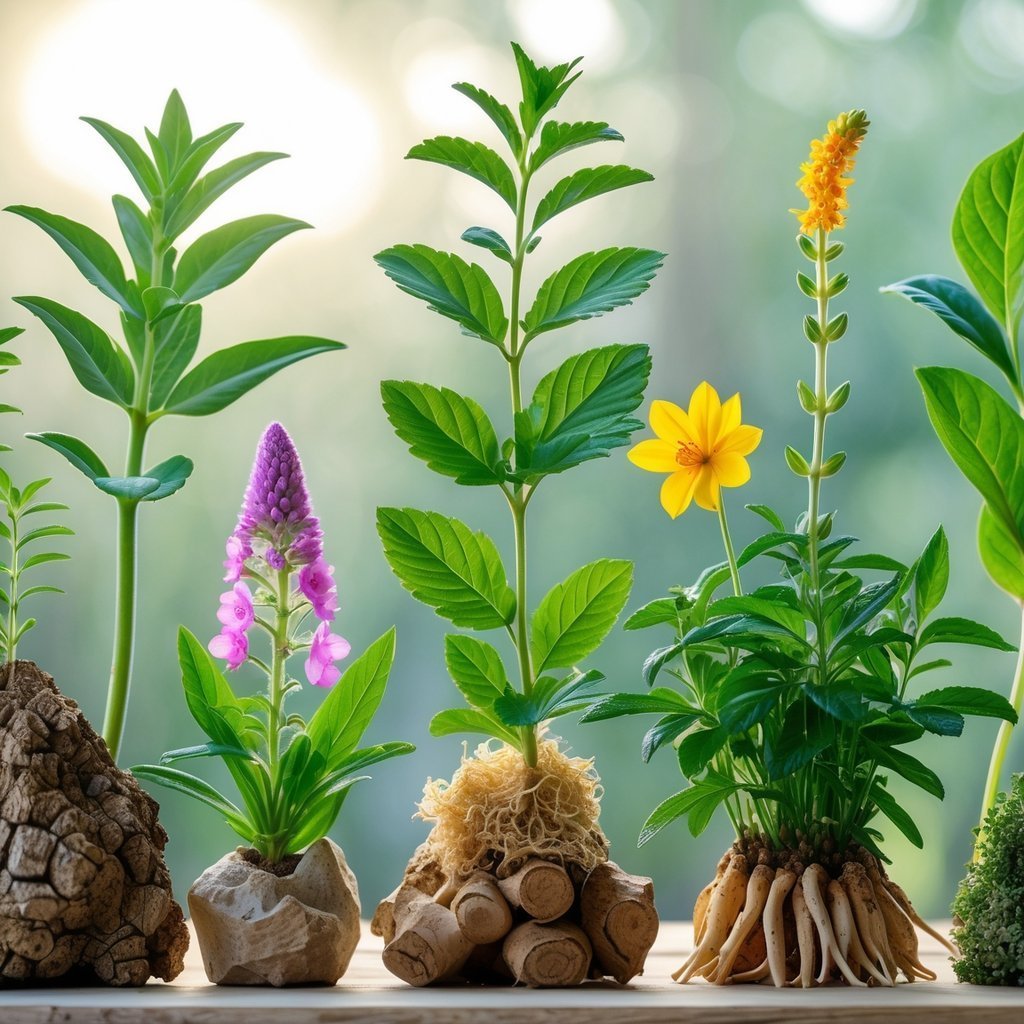
Plants have healed people for thousands of years, and honestly, they still play a huge role in medicine today. Researchers keep digging into natural compounds from plants, hoping to discover new treatments for all sorts of health problems.
It might surprise you, but some plants could actually lead to major medicines in the future, helping us fight tough diseases and improve our well-being. When you learn about these plants, you get a peek into how nature and science team up to support health.
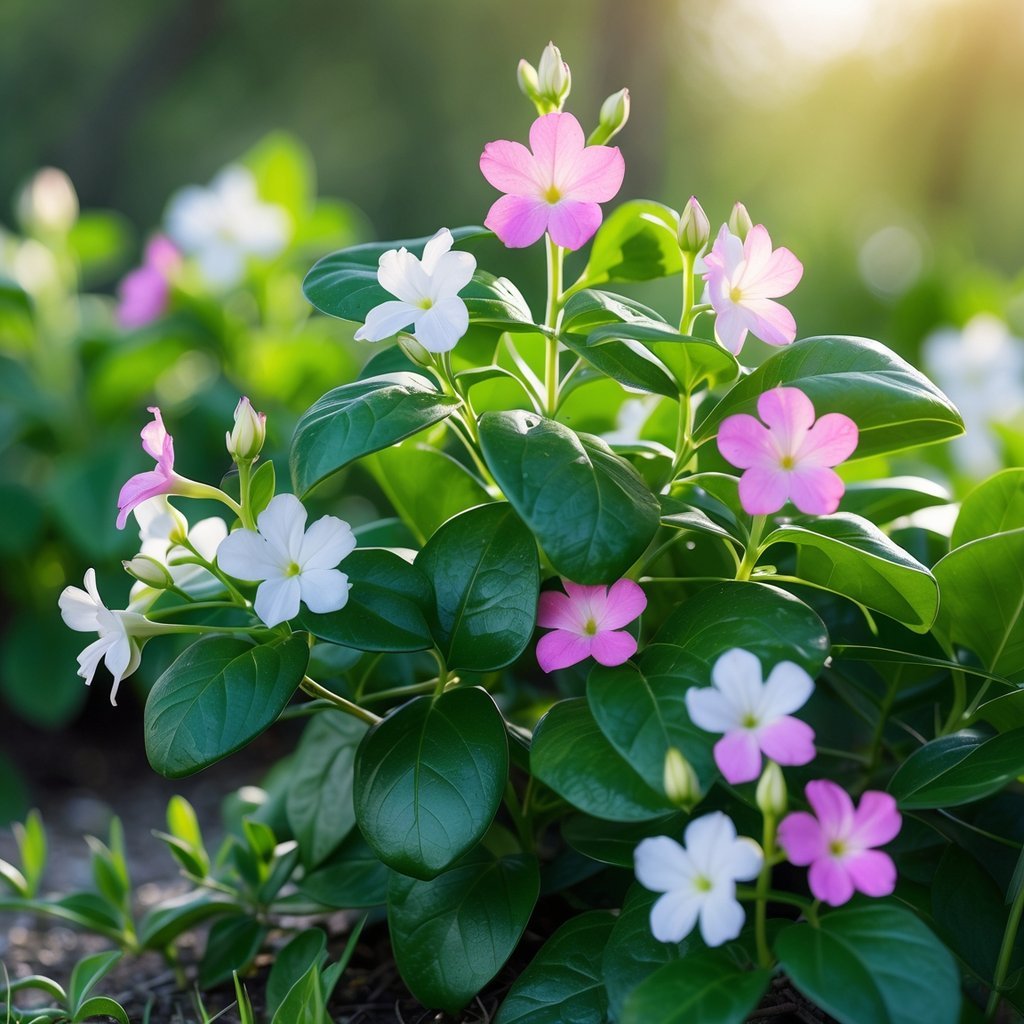
Who would’ve thought a common plant like the Madagascar periwinkle could help fight cancer? This plant packs special compounds called alkaloids.
Vincristine and vinblastine, two key alkaloids, stop cancer cells from growing and dividing. Doctors use these in chemotherapy to treat several types of cancer.
Both the above-ground parts and roots of the periwinkle go into making these medicines. Scientists keep studying this little flower, hoping to find new ways it might help with health problems.
Besides its cancer-fighting powers, the periwinkle also shows promise for treating diabetes and infections. It’s kind of amazing how much potential is packed into such a small flower.
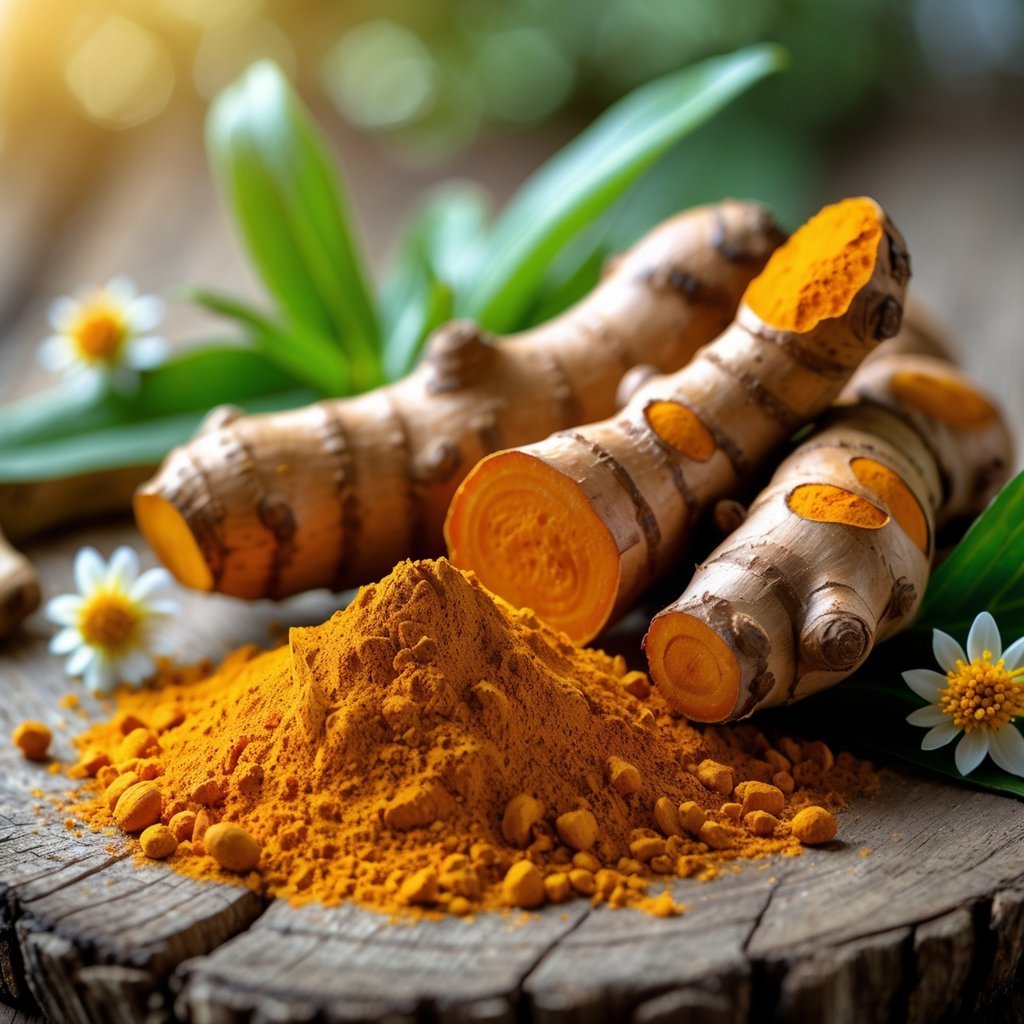
Turmeric is that bright yellow spice you see in so many Indian dishes. It comes from the root of the Curcuma longa plant.
Curcumin, the main active ingredient, helps reduce inflammation in your body. Since inflammation connects to lots of health issues, turmeric might be a handy way to support your overall health.
People have used turmeric in traditional medicine for centuries. These days, scientists look at it for its ability to fight pain and give your immune system a boost.
You can sprinkle turmeric into your meals or take it as a supplement if you’re curious about its benefits.
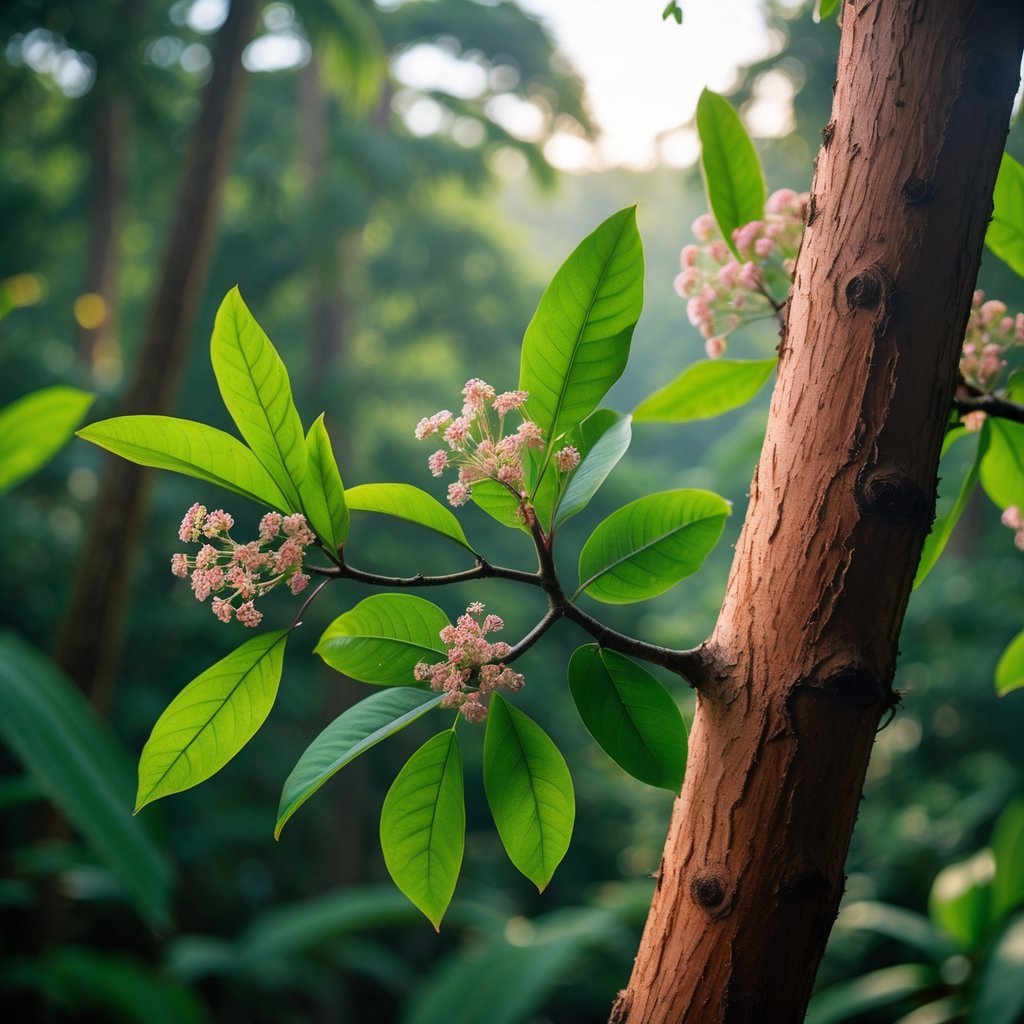
Quinine, one of the oldest malaria medicines, comes from the bark of the Cinchona tree in the Amazon rainforest. Indigenous people used this bark for centuries to treat fevers and chills.
European priests caught on in the 1600s and started using quinine to fight malaria. Even now, quinine still matters in places where other malaria drugs fall short.
The impact of this tree on medicine is honestly huge. It’s wild to think your next medicine might come from a plant people have trusted for hundreds of years.
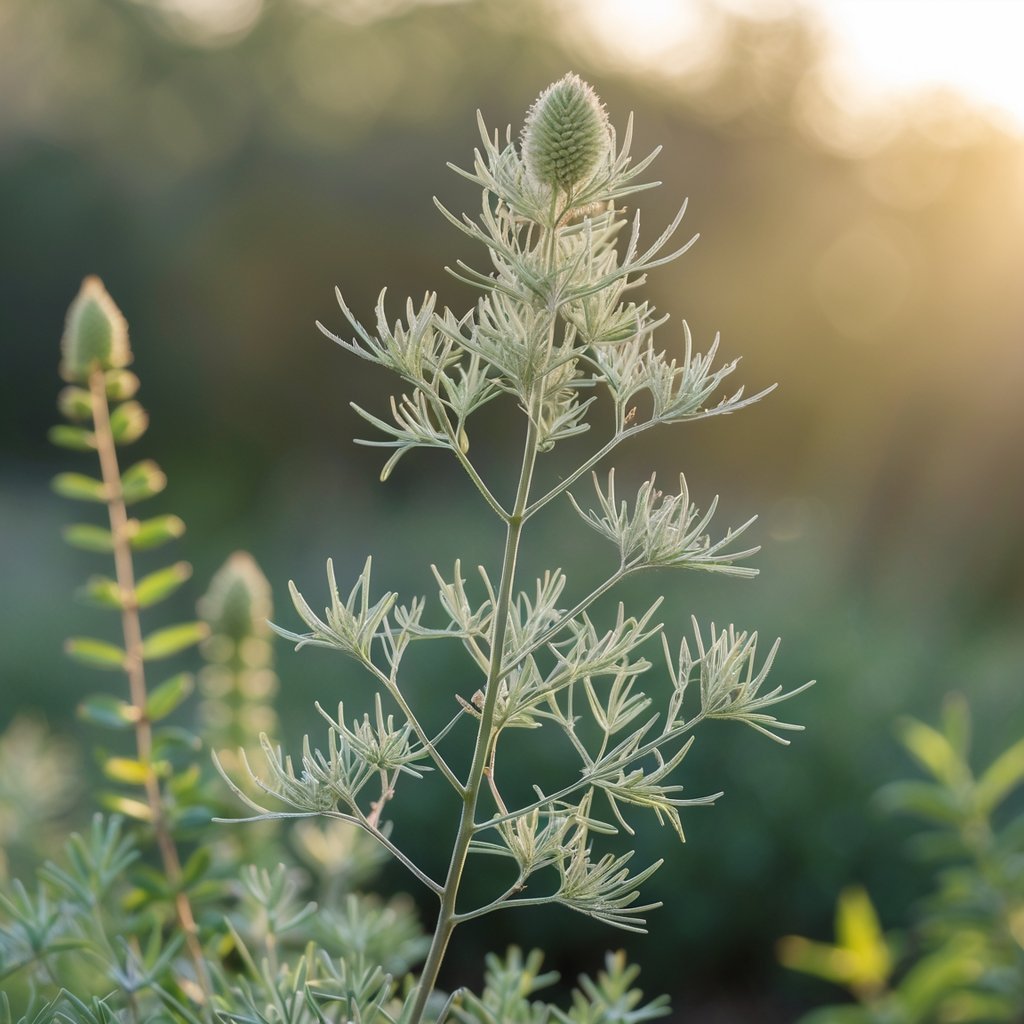
Artemisia from Crete is getting attention for its potential to help with Alzheimer’s disease. Some studies suggest it could protect brain cells and improve memory by reducing harmful proteins linked to the disease.
Researchers tried extracts from this plant on animals and saw better brain function and less damage. The results are hopeful, but scientists still need more tests, especially on people, to really know how well it works and what the right dose might be.
If you’re thinking about trying Artemisia, definitely talk with a doctor first. Like any plant-based treatment, it’s smart to use it with care to make sure it’s right for you.
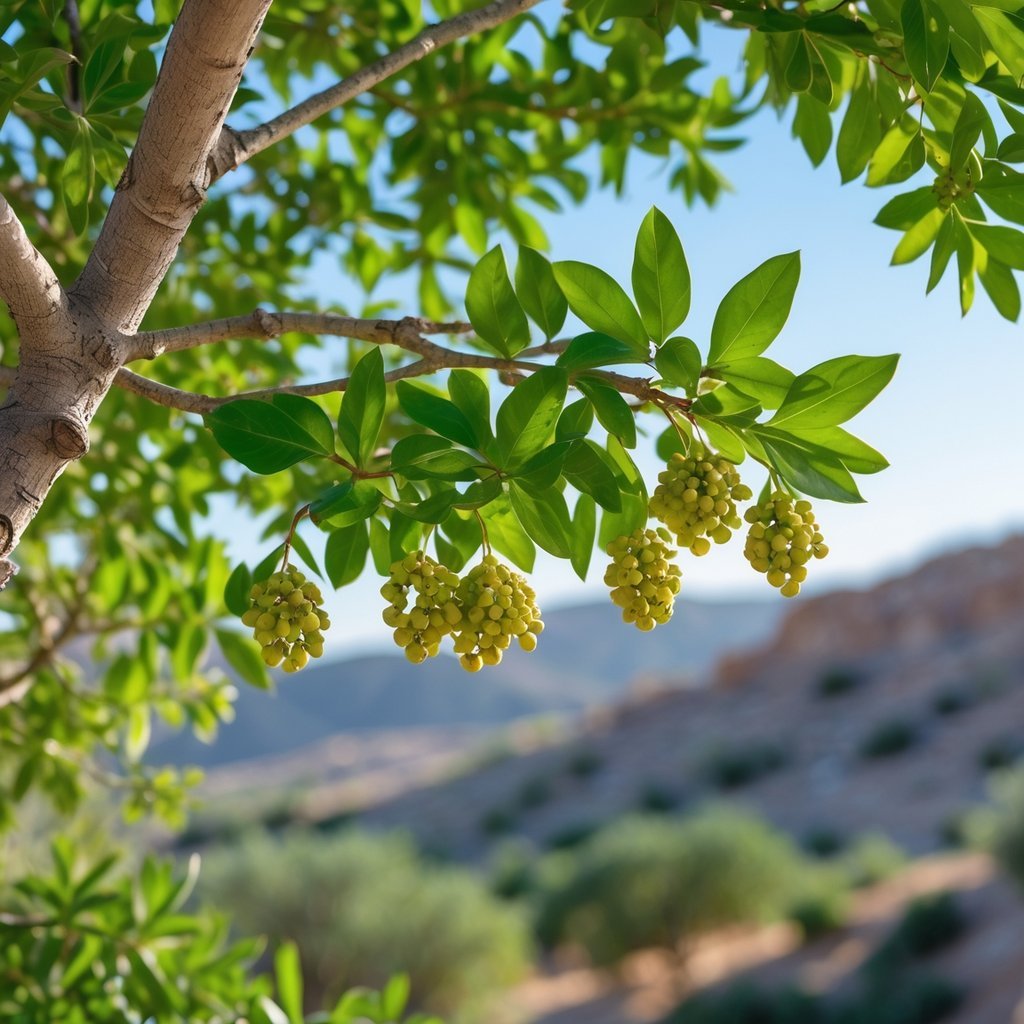
The mastic tree from Morocco is pretty interesting because it offers natural substances that might help with obesity. This tree produces a resin and essential oils that researchers have been studying.
Some parts of the mastic tree contain compounds that could help control weight by changing how your body handles fat and sugar. Using extracts from this plant might support your health goals without harsh chemicals.
The mastic tree thrives in dry, rocky places, showing off its tough, natural qualities. If you’re curious about natural ways to support your health, this plant is worth a second look.
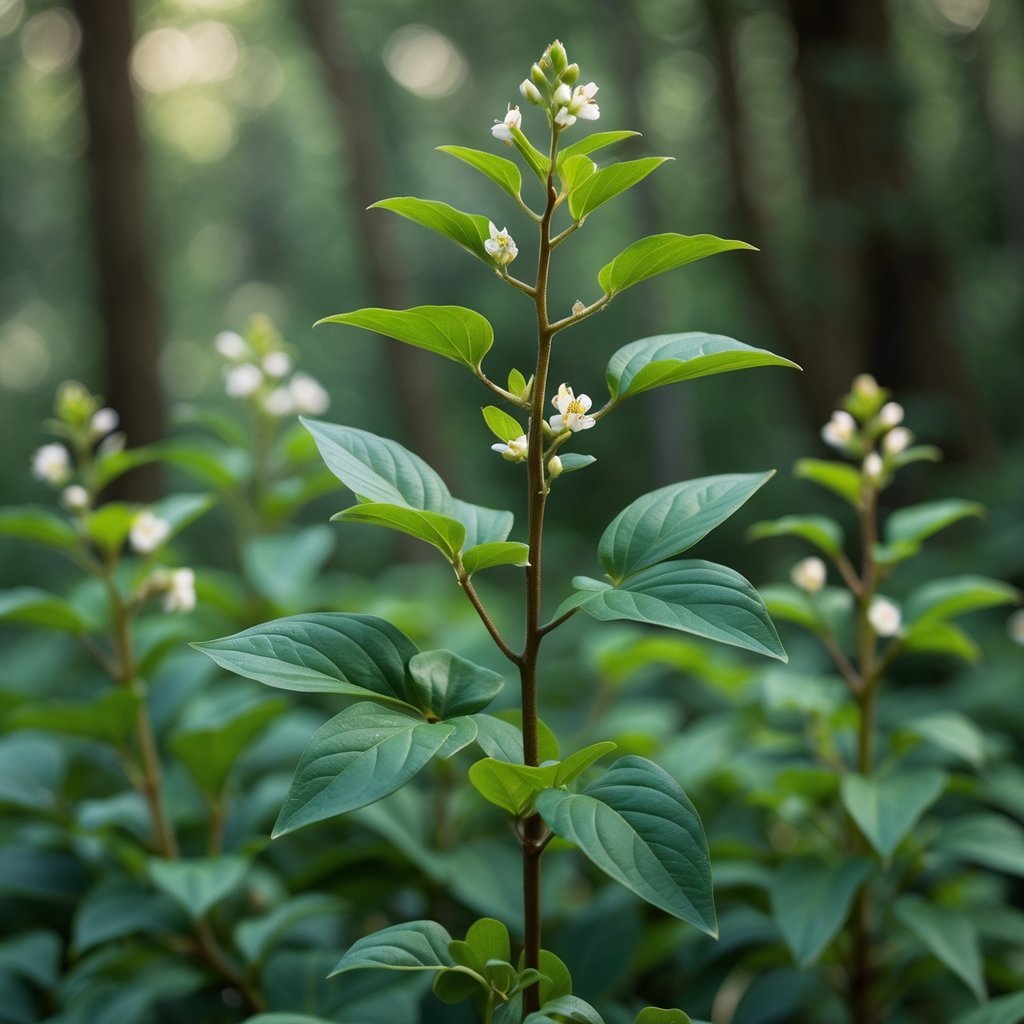
Euonymus laxiflorus grows in Vietnam and has shown some promising effects for shrinking tumors. Scientists have studied its bark and found compounds that work as antioxidants, helping protect your body from damage.
The plant can block certain enzymes linked to diabetes, so it might have more than one health benefit. Some research even suggests it can lower inflammation, which plays a big role in fighting diseases like cancer.
If you’re looking for natural options, Euonymus laxiflorus could offer something new. Still, there’s a lot more to learn about how it really works in the body.
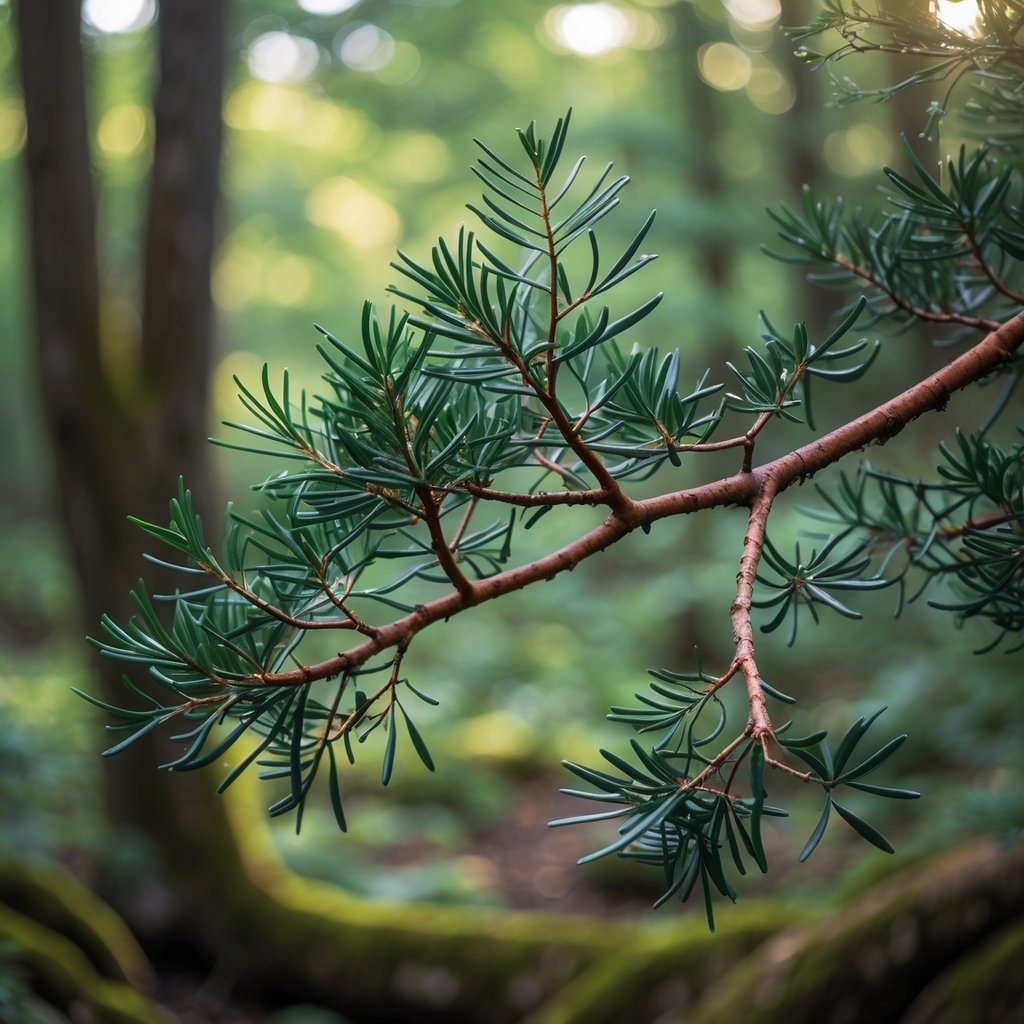
It’s kind of wild, but a slow-growing tree like the Pacific yew holds a powerful cancer drug. The tree produces taxol (also called paclitaxel), which doctors use to treat breast, lung, and ovarian cancer.
Taxol comes from the tree’s bark, but harvesting it can hurt the tree. Because of this, scientists have worked hard to find ways to make taxol without chopping down so many trees.
The Pacific yew tree proves how much we can learn from nature when it comes to new medicines. It’s a good reminder that sometimes, the answers we need are growing quietly in the forest.
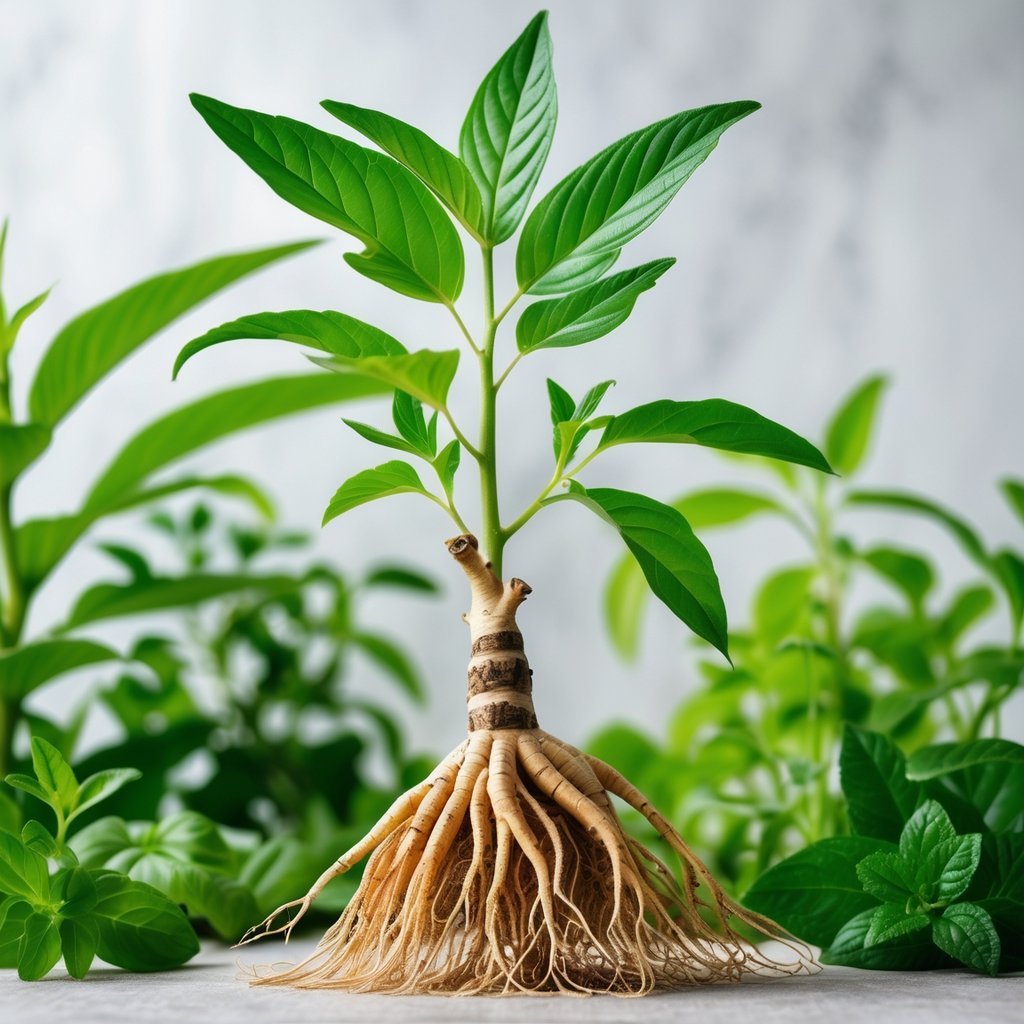
People have turned to ginseng for ages in traditional medicine. If you’re looking for ways to support your immune system, you might want to give it a try.
Ginseng packs in special compounds that help your body handle stress and fight off illness. Some folks swear by it for a little extra energy.
Ever feel wiped out or just dragging through your day? Ginseng might give you that natural nudge you need.
Some say it sharpens focus and keeps you more alert, too. You can grab it as capsules, teas, or even powders.
Of course, everyone’s different, and scientists are still figuring out exactly how ginseng works. Still, a lot of people find it helpful.